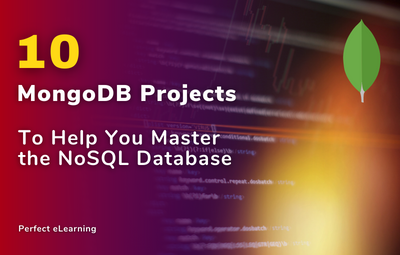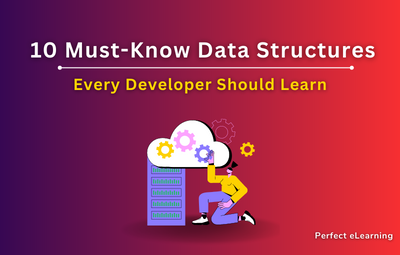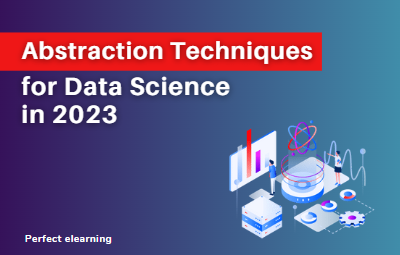

The Internet of Things (IOT) is rapidly transforming the way businesses operate by enabling real-time decision-making and improving operational efficiency. However, the value of IOT data lies in its interpretation, and the sheer volume of data generated can be overwhelming. This is where data analytics comes in, enabling companies to gain insights into their IOT data and make informed decisions. In this article, we explore the role of data analytics in IOT, including the use of edge computing, real-time analytics, predictive maintenance, machine learning, data visualization, big data, cloud computing, security, and privacy.
Using these keywords "Edge computing, Real-time analytics, Predictive maintenance, Sensor data, Machine learning, Data visualization, Big data, Cloud computing, Security and privacy, Industrial IOT", we'll examine how each of these components can contribute to an efficient IOT data analytics strategy.
Edge Computing:
With edge computing, IOT devices can process data locally without relying on the cloud, reducing latency and bandwidth requirements. This technology helps to ensure that real-time data is analyzed and acted upon quickly, while also reducing the risk of data breaches.
Real-Time Analytics:
Real-time analytics enables companies to analyze data as it is generated, providing immediate insights into operational efficiency and productivity. With real-time analytics, companies can quickly identify and resolve issues, optimize performance, and reduce downtime.
Predictive Maintenance:
Using these keywords "Edge computing, Real-time analytics, Predictive maintenance, Sensor data, Machine learning, Data visualization, Big data, Cloud computing, Security and privacy, Industrial IOT", we'll examine how each of these components can contribute to an efficient IOT data analytics strategy.
Predictive maintenance is a proactive approach to maintenance that relies on data analytics to predict equipment failure. By analyzing sensor data, companies can anticipate potential issues and schedule maintenance accordingly, reducing downtime and avoiding costly repairs.
Machine Learning:
Machine learning algorithms can be used to analyze and learn from large volumes of data, identifying patterns and predicting future trends. By leveraging machine learning, companies can optimize their operations, reduce waste, and improve product quality.
Data Visualization:
Data visualization tools enable companies to turn data into actionable insights, making it easier to understand and communicate data trends. By presenting data in visual formats, companies can identify and act upon patterns and anomalies, improving decision-making.
Big Data:
The volume of data generated by IOT devices can be overwhelming, requiring robust storage and processing capabilities. Big data technologies enable companies to store, manage, and analyze large volumes of data, allowing for more accurate and informed decision-making.
Cloud Computing:
Cloud computing can be used to store and process IOT data, enabling real-time analytics, machine learning, and data visualization. Cloud-based solutions can also reduce the cost and complexity of IOT deployments, providing greater flexibility and scalability.
Security and Privacy:
IOT devices can be vulnerable to cyber attacks, making security and privacy a critical component of IOT data analytics. By implementing secure device management, data encryption, and access control, companies can protect their data and devices from unauthorized access.
Industrial IOT:
Industrial IOT involves the use of IOT devices in manufacturing, transportation, energy, and other industries. With data analytics, companies can optimize production processes, reduce downtime, and enhance product quality, among other benefits.
Conclusion
Data analytics is a crucial component of IOT deployments, enabling companies to extract insights from their data and make informed decisions. By leveraging edge computing, real-time analytics, predictive maintenance, machine learning, data visualization, big data, cloud computing, security, and privacy, companies can optimize their operations, reduce downtime, and improve productivity. As the IOT continues to evolve, data analytics will play an increasingly important role in helping businesses achieve their goals and stay competitive. By keeping up with the latest trends and technologies, companies can harness the power of IOT data analytics to unlock new opportunities and drive business success.
Frequently Asked Questions (FAQs):
Q. What is IOT data analytics?
IOT data analytics refers to the process of extracting insights and making decisions based on the vast amounts of data generated by IOT devices and sensors. It involves using a combination of technologies such as edge computing, real-time analytics, machine learning, and data visualization to process, analyze, and visualize data in a meaningful way.
Q: How can data analytics help companies optimize their IOT deployments?
Data analytics provides insights into IOT data, enabling companies to identify patterns and anomalies, optimize performance, and reduce downtime.


